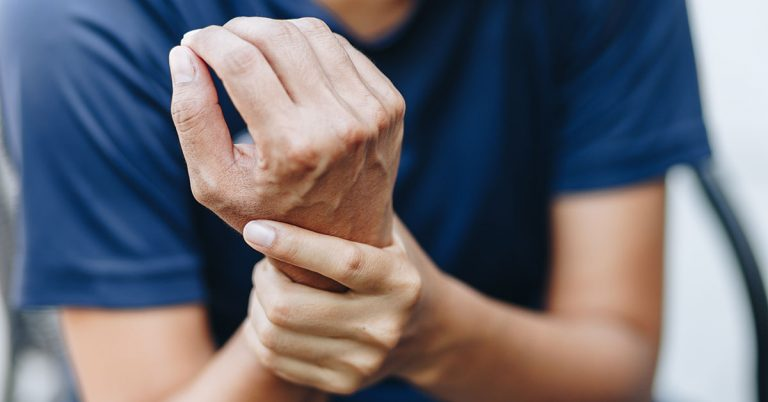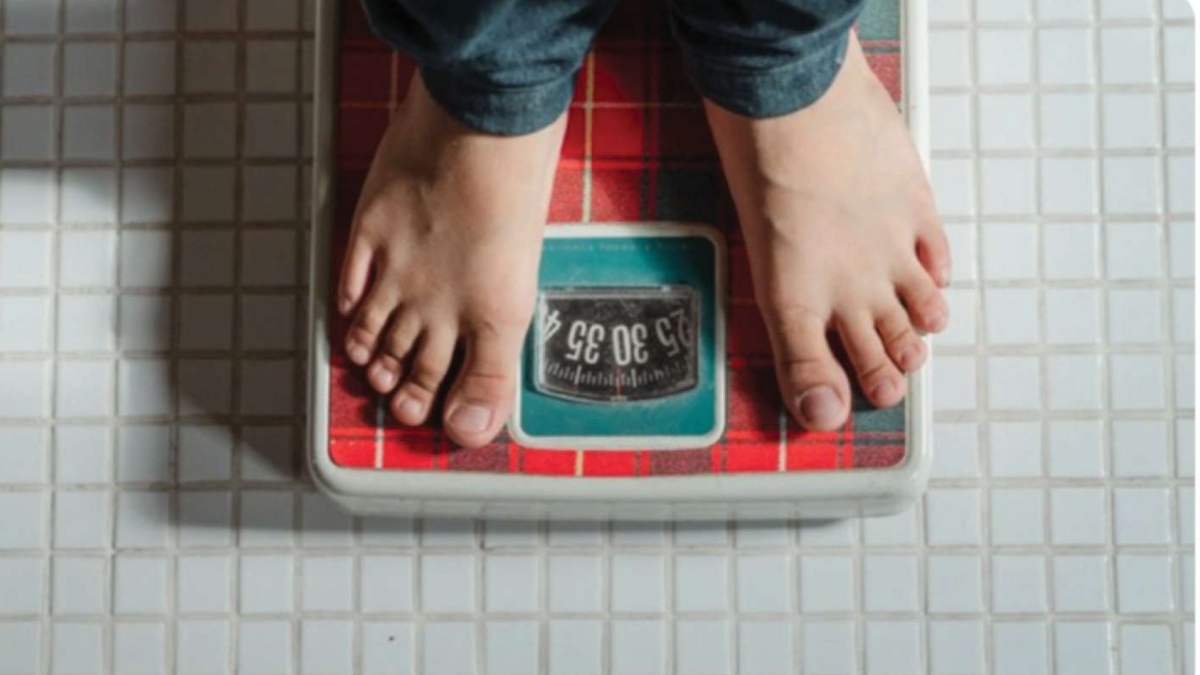
Carpal Tunnel Syndrome (CTS) is a common condition that affects millions of people worldwide. It is one of the most common hand conditions caused by pressure on the median nerve in the carpal tunnel of the wrist. It is a narrow passageway surrounded by bones and ligaments on the palm side of the hand. When the median nerve is compressed, symptoms can include numbness, tingling and weakness in the thumb and fingers. When the median nerve is compressed, symptoms of CTS may arise. Factors contributing to CTS include repetitive hand movements, wrist anatomy, certain health conditions, and workplace factors.
Symptoms and Early Detection of Carpal Tunnel Syndrome
Symptoms of Carpal Tunnel Syndrome (CTS) start gradually and include tingling and numbness in the thumb, index, middle, and ring fingers, often felt while holding a steering wheel, phone, or newspaper, or during sleep. The sensation can resemble an electric shock and may extend from the wrist up the arm. Many people try to “shake out” their hands for relief, but numbness may become constant over time. Additionally, CTS can cause hand weakness, leading to difficulty holding objects, which may result from numbness or weakness in the thumb’s pinching muscles controlled by the median nerve.
Risk Factors
Carpal Tunnel Syndrome (CTS) risk factors include anatomical changes from wrist fractures or arthritis, which can compress the median nerve. Women are more prone to CTS due to smaller carpal tunnels and hormonal effects. Chronic illnesses like diabetes and inflammatory conditions such as rheumatoid arthritis also increase risk. Certain medications, obesity, and fluid retention during pregnancy or menopause can contribute to CTS. Additionally, conditions like thyroid disorders and kidney failure are linked to CTS. Repeated wrist movements, especially with vibrating tools or in cold environments, can exacerbate symptoms. While mouse use might be related to CTS, extensive computer uses lacks consistent evidence.
Preventive Strategies
Preventing CTS involves lifestyle changes, ergonomic adjustments, and exercises to reduce strain on the hands and wrists. Here are some effective preventive strategies:
When to Seek Medical Help
See your healthcare professional if you have symptoms of carpal tunnel syndrome that interfere with your usual activities and sleep patterns. Permanent nerve and muscle damage can occur without treatment. In severe cases, surgical intervention may be necessary to release the pressure on the median nerve.
At the end Carpal Tunnel Syndrome can significantly impact one’s quality of life and work efficiency. Early detection and preventive strategies are key to managing and avoiding this condition. By adopting ergonomic practices, performing regular exercises, and making healthy lifestyle choices, individuals can reduce their risk of developing CTS. If symptoms arise, prompt medical consultation can prevent further complications and facilitate effective treatment.
Dr. Neeraj Godra is the leading Orthopedic Hand and Microsurgeon at Max Hospital.















